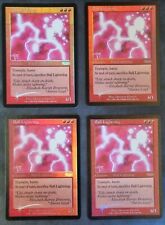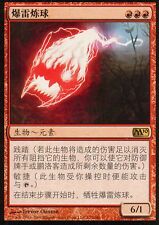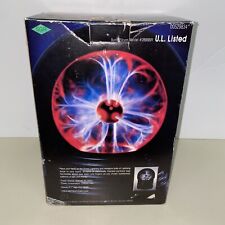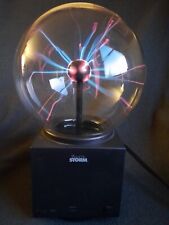
Physicists at the University of Innsbruck have shown that the magnetic fields produced by certain types of lightning have the same properties as transcranial magnetic stimulation (TMS), a technique used in psychiatry that can produce false images in the brain. The findings have been published in the journal Physics Letters A.
To arrive at their hypothesis, Josef Peer and Alexander Kendl studied the electromagnetic fields of different types of lightning during thunderstorms. Their calculations suggest that the magnetic fields of a specific class of long lasting repetitive lightning have the same properties as TMS. TMS induces neural activity and can produce the image of luminous shapes, also known as phosphenes, in the brain.
“In the clinical application of TMS, luminous and apparently real visual perceptions in varying shapes and colors within the visual field of the patients and test persons are reported and well examined,” says Kendl. He and Peer contend that a near lightning stroke may also generate these luminous visions, which are likely to appear as ball lightning.
Kendl and Peer think that magnetic stimulation of the brain should be included in those possibilities, and could, they say, explain the majority of ball lightning observations. “Lightning strokes with repetitive discharges producing stimulating magnetic fields over a period of a few seconds are rather rare and only occur in about one in one hundred events,” says Kendl. “An observer located within few hundred meters of a long lightning stroke may experience a magnetic phosphene in the shape of a luminous spot. Also, other sensations, such as noises or smells, may be induced. Since the term “ball lightning” is well known from media reports, observers are likely to classify lightning phosphenes as such.”
Related:
Lightning unleashes potent radiation cocktail
Terrestrial Gamma Ray Mystery Deepens
The origin of micro comets and ball lightning















![Ball Lightning ~ Magic 2010 [ Excellent ] [ Magic MTG ] picture](/store/img/g/5foAAOSwqItkw9FI/s-l225/Ball-Lightning-Magic-2010-Excellent-Magic-MTG-.jpg)


Comments are closed.